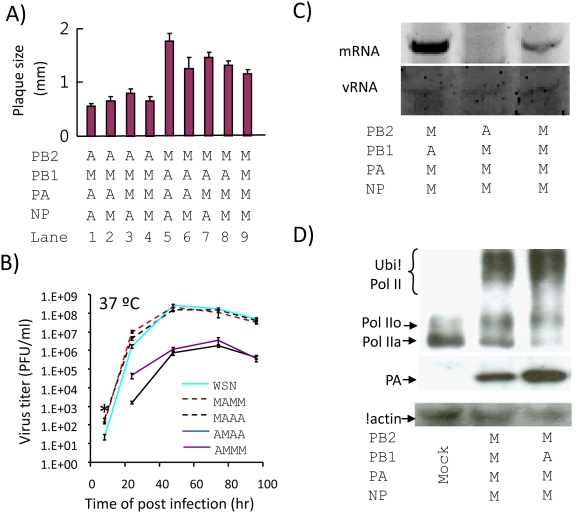Figure 4. Characterization of recombinant viruses with chimeric polymerase complexes.
The origins of PB2, PB1, PA and NP in each recombinant virus was as shown (A = avian, M = mammalian). A) Plaque size (mean±SE) of the wild type (MMMM) and recombinant viruses in MDCK cells at 72 hours post-infection. B) Growth properties of the WSN (MMMM) and recombinant viruses in MDCK cells. The number of infectious progeny viral particles generated from MDCK cells infected with the corresponding virus at a MOI of 0.01 was determined by standard plaque assay. Mutant AMAA and AMMM were significantly attenuated (ANOVA, p<0.05). *At 8 hours post-infection, the amounts of infectious progeny of MAAA and MAMM were significantly higher than the wild type control (t-test, p<0.05). C) NA-specific primer extension assays. Total RNA from MDCK cells infected with influenza virus at a MOI of 2 was harvested at 6 hours post-infection. Signals for the mRNA, cRNA and vRNA were as shown. D) Western blot analysis of influenza PA and cellular Pol II from infected MDCK cells. Total cell lysates from cells infected at 2 MOI were harvested at 6 hours post-infection. Signals for PA and ubiquitinated (Ubi-Pol II), hyperphosphorylated (IIo) and hypophosphorylated (IIa) Pol II were indicated. β-actin was used as a control. The PA level of the MAMM mutant was more abundant than the wild type (MMMM), a further illustration of the faster transcription kinetics of this chimeic vRNP. The experiment was repeated three times with comparable results.

